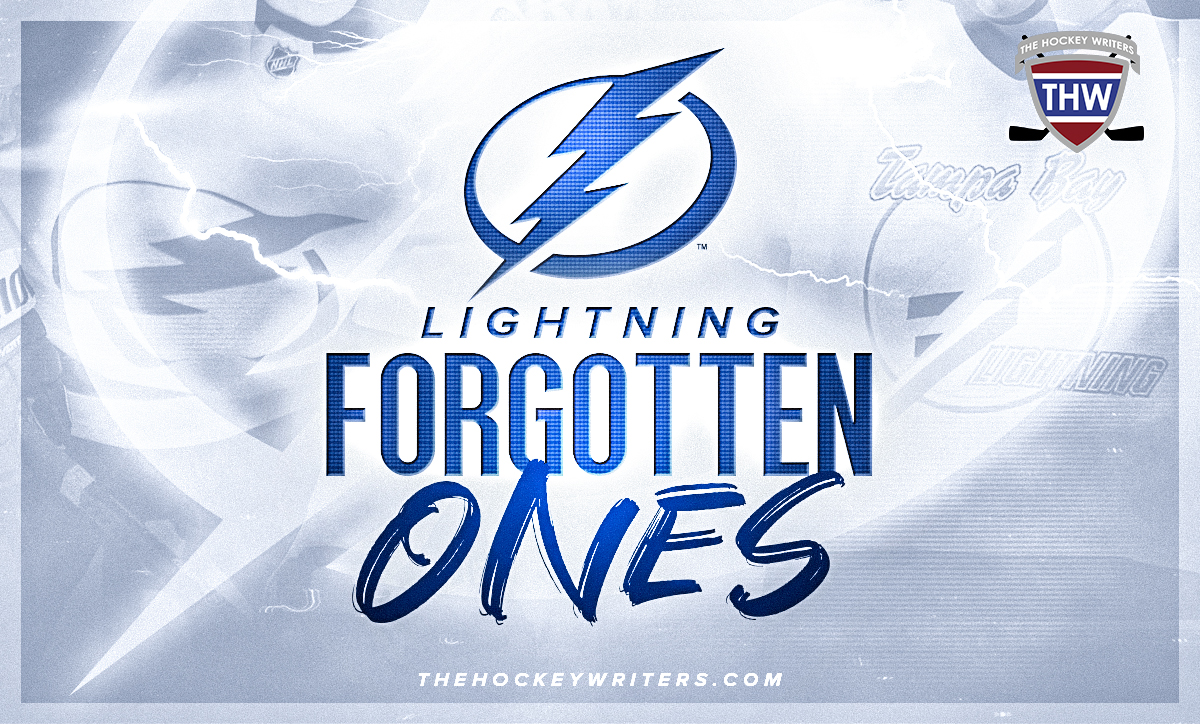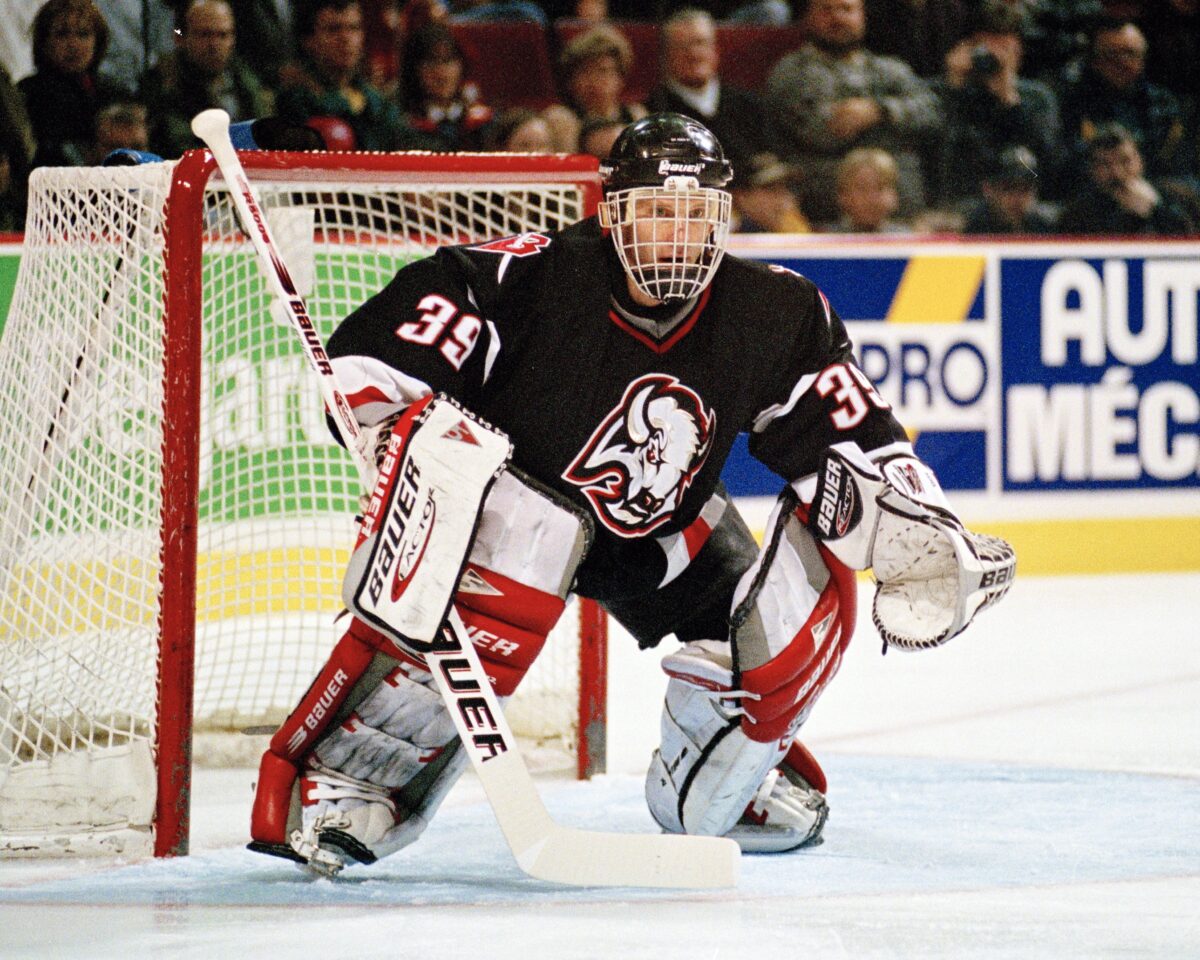Before the Tampa Bay Lightning took the ice for the first time on Oct. 7, 1992, general manager and team president Phil Esposito and his staff had the daunting challenge of putting together a team that made a respectable impression on the Lightning fans and the rest of the NHL. That challenge started on June 18, 1992, when the Lightning and the Ottawa Senators took part in an expansion draft held in Montreal.

Unlike the recent single-team drafts of the Vegas Golden Knights and Seattle Kraken, the Lightning had to plan a strategy that depended on what the Senators were doing during that draft. Each team was allowed to select two goaltenders, seven defensemen, and 12 forwards. With the exception of the previous year’s expansion team, the San Jose Sharks, each of the other 21 franchises was allowed to protect two goaltenders and 14 position players, with the also added stipulation that each team must make available a goaltender who had played at least one game in the NHL.
Navigating Through Pre-Draft Shenanigans
In addition to figuring out what each other was going to do in the draft, the Lightning and the Senators also had to navigate their way through some of the things teams were doing to try to circumvent some of the rules. For example, the Chicago Blackhawks signed goaltender Ray LeBlanc to play one game for them so they could protect their three goaltenders, which included Ed Belfour, Dominik Hasek, and Jimmy Waite. While Belfour was unlikely to be left unprotected, being able to select Hasek or Waite could have made the Lightning’s early years a bit more interesting.

The most egregious move to circumvent the rules came from the Washington Capitals when they attempted to re-sign a former goaltender, Bernie Wolfe. Not only was he 40 years old at the time, his last NHL action happened 13 years prior to his signing in 1979. The league president at that time, John Ziegler, called the Washington leadership into his office, which eventually led the Capitals to sign Steve Weeks to a free-agent deal. He played in 30 games the previous season with the Los Angeles Kings and New York Islanders (from ‘The Time the Caps Signed a 40-year-old Financial Planner’, The Washington Post, June 20, 2017).
With the first pick in the 1992 NHL Expansion Draft, the Senators selected netminder Peter Sidorkiewicz. The Lightning then selected goaltender Wendell Young, making him not only the first goaltender but also the first-ever player on the Lightning’s roster.
Lightning and NHL Career
Before arriving in Tampa, Young had played for the Vancouver Canucks, Philadelphia Flyers, and Pittsburgh Penguins, which also included being on the Penguins’ two Stanley Cup-winning teams in 1991 and 1992. He also has the distinction of being the only player to have won a Memorial Cup (Canadian Hockey League), Calder Cup (American Hockey League), Turner Cup (IHL, now known as the UHL), and Stanley Cup. Playing generally as a backup with these three teams, Young did appear in 43 games for the Penguins in the 1989-90 season, going 16-20-3 in those games with a 4.17 goals-against average (GAA).

With the rules set in place at that time, winning games for expansion teams were very difficult, and the Lightning finished the season with just 23 wins and 53 points. Young finished that first season with a record of 7-19-2 and a 3.66 GAA. In a slight twist of fate, he was scheduled to be traded to the Montreal Canadiens on March 20, 1993, but he separated his shoulder in that night’s game, and the trade was called off.
Young played just nine games in the Lightning’s second season before being sent to the Chicago Wolves, who had just started their first season in the International Hockey League (IHL). Playing for the Wolves in their first season also gave him the distinction of being the goaltender in their first-ever franchise win.
Young finished his NHL career with a ten-game stint in Pittsburgh during the 1994-95 season before returning to the Wolves, where he finished his playing career after the 2000-01 season.
Post NHL Career
After finishing his playing career, Young still had ties with the Wolves, joining their coaching staff when they transitioned to the AHL in 2001 after the IHL folded. In August 2009, the Wolves made Young their general manager, a position he still holds. He has amassed a .608 regular-season points percentage and captured eight AHL division titles during his tenure. The Wolves have won the 2022 Calder Cup (after earning the 2022 Macgregor Kilpatrick Trophy for compiling the league’s best regular-season record) and reached the 2019 Calder Cup Final.
Related: Lightning Forgotten Ones: 1st Draft Pick Roman Hamrlik
Young and the Wolves raised a few eyebrows in April 2023 when they announced that the team would not renew its affiliation with the Carolina Hurricanes and become an unaffiliated club, the first AHL team to do this since 1994. Young said the decision to become an independent AHL team was made because the franchise believes the Hurricanes’ philosophy towards their AHL affiliate had changed during the 2022-23 season.

Someone had to be first. A player had to be the first name ever on the Lightning roster, and the team selected a player that was universally praised for not only giving the maximum effort every night he played but also for being a positive influence in the locker room. Having a person with such a strong character and personality as Young possesses not only made this a great selection then, but also a player that Lightning fans can fondly remember years from now.
